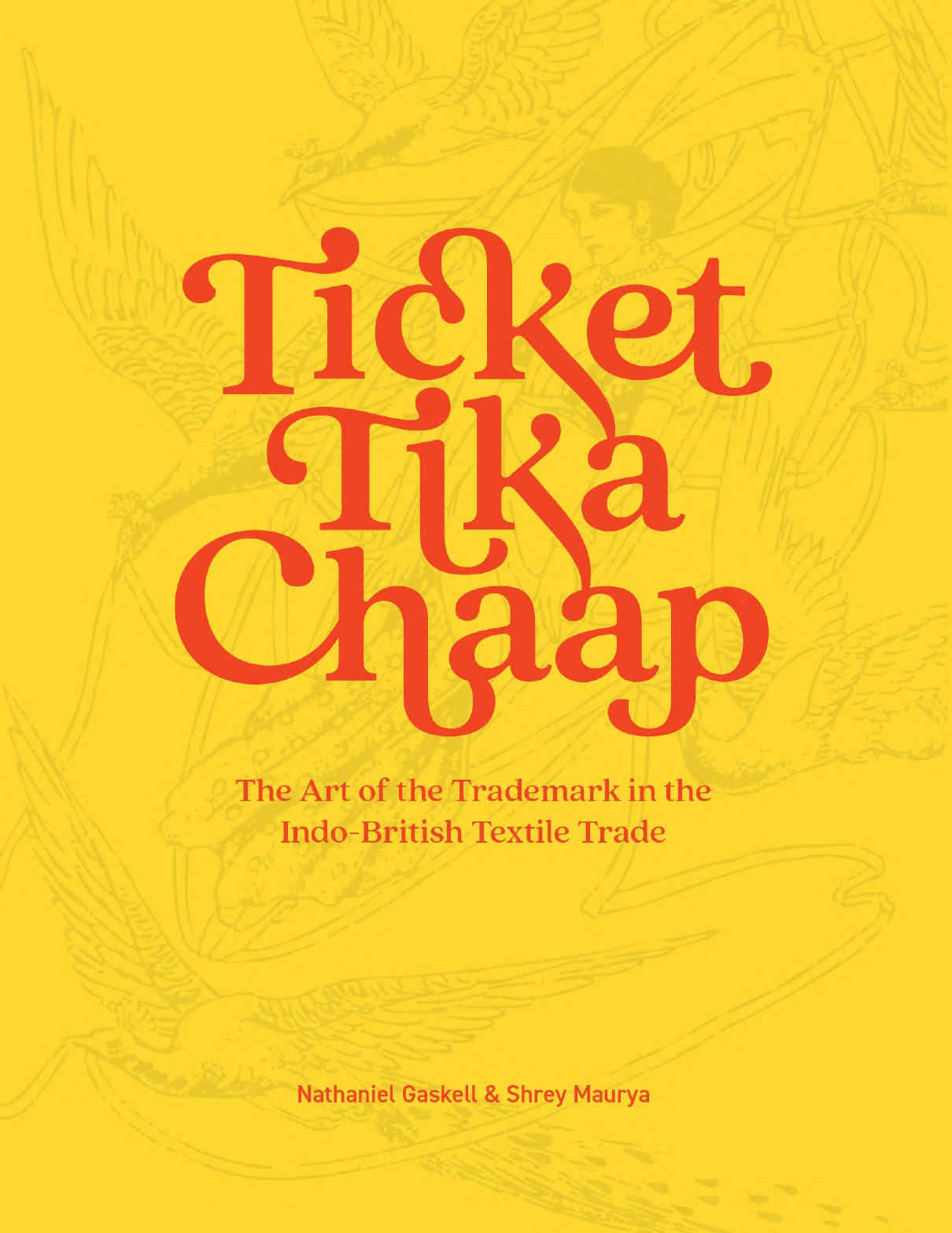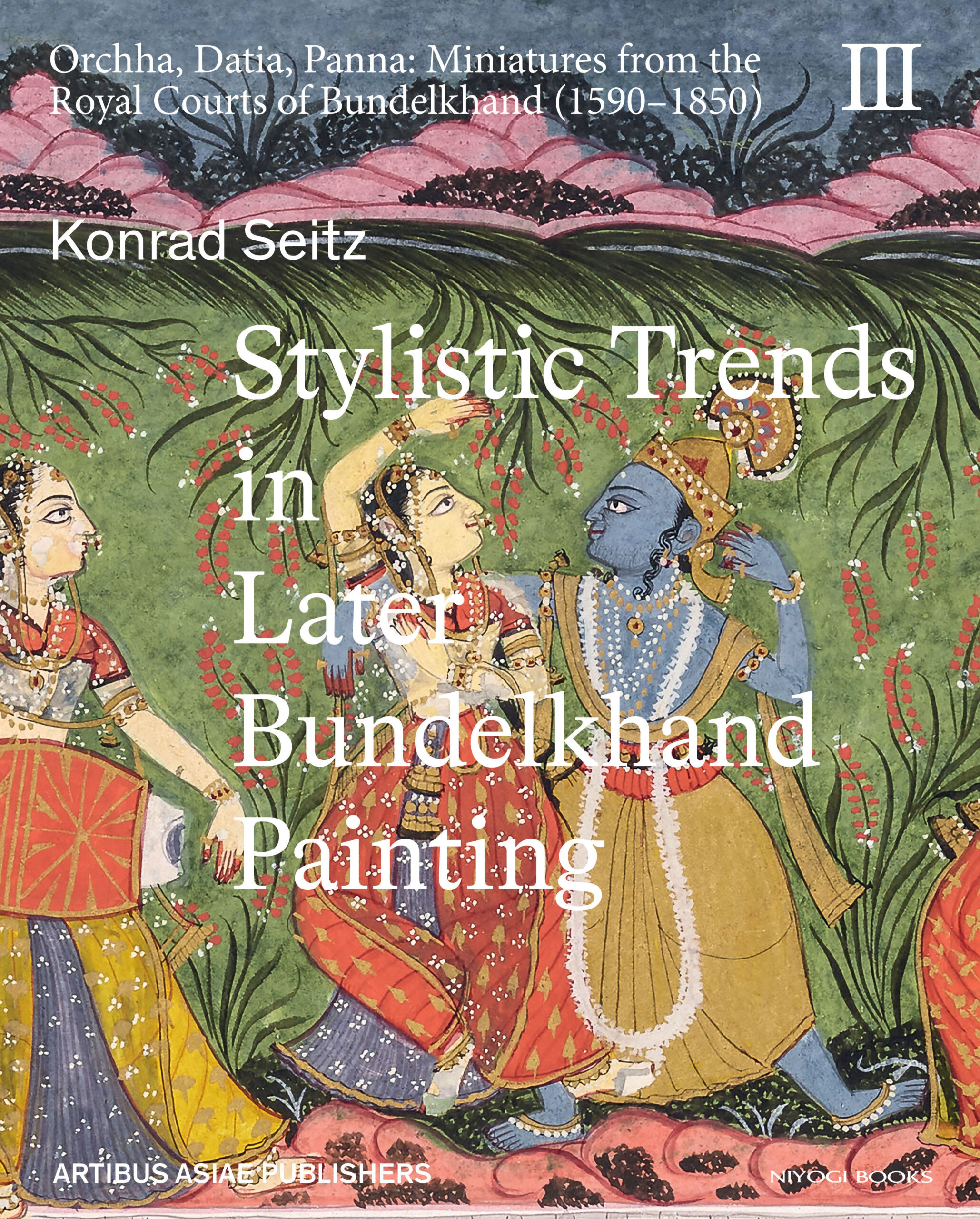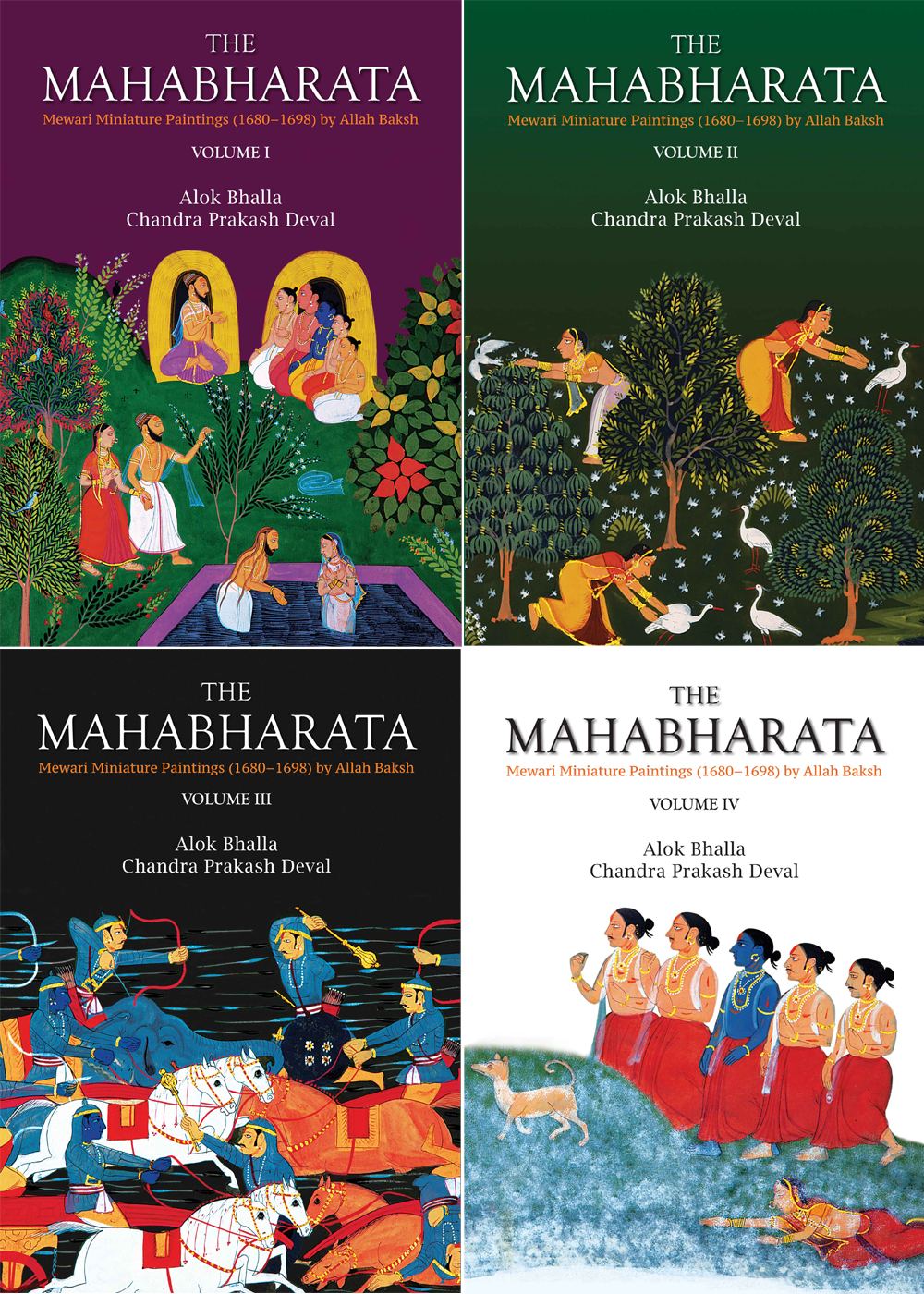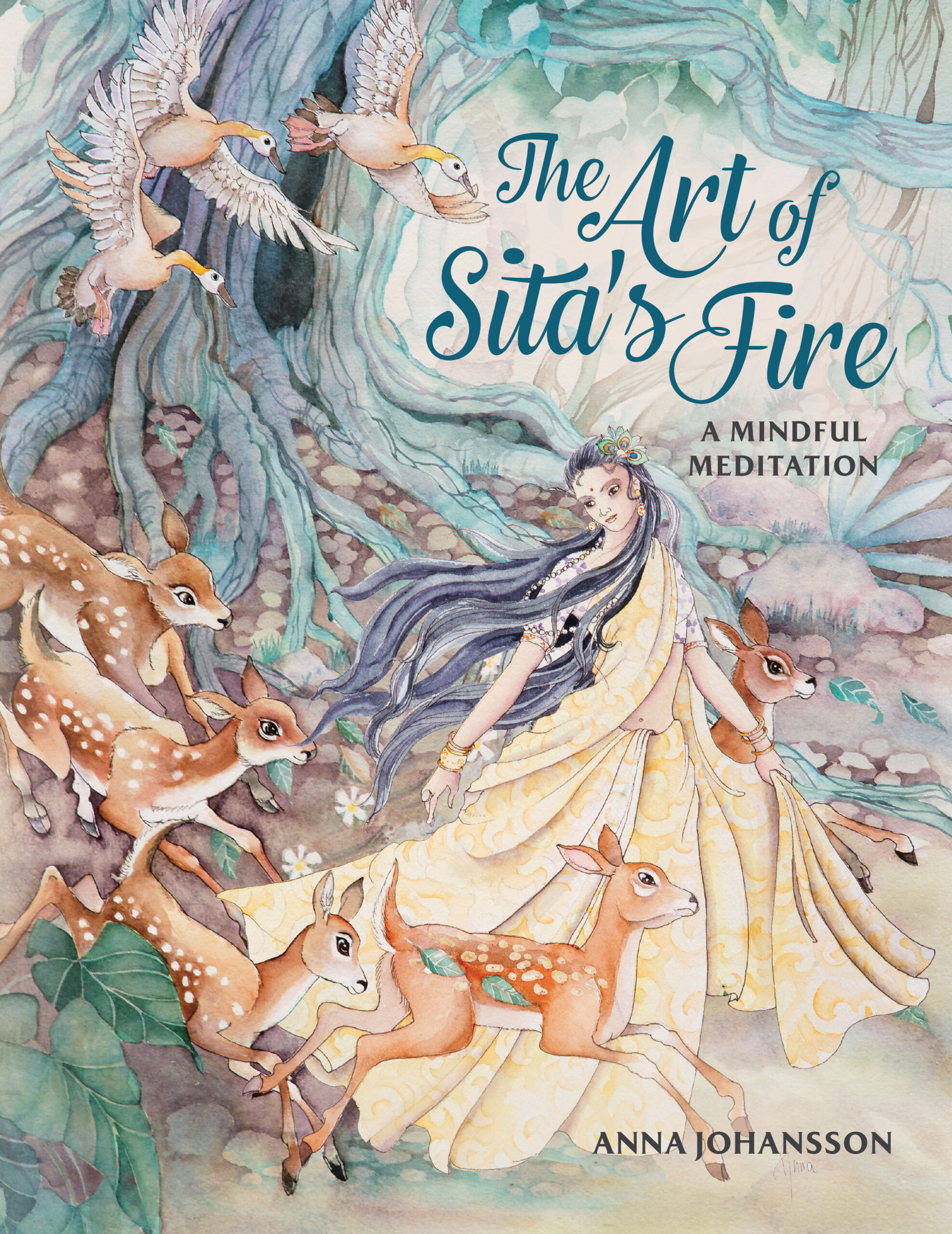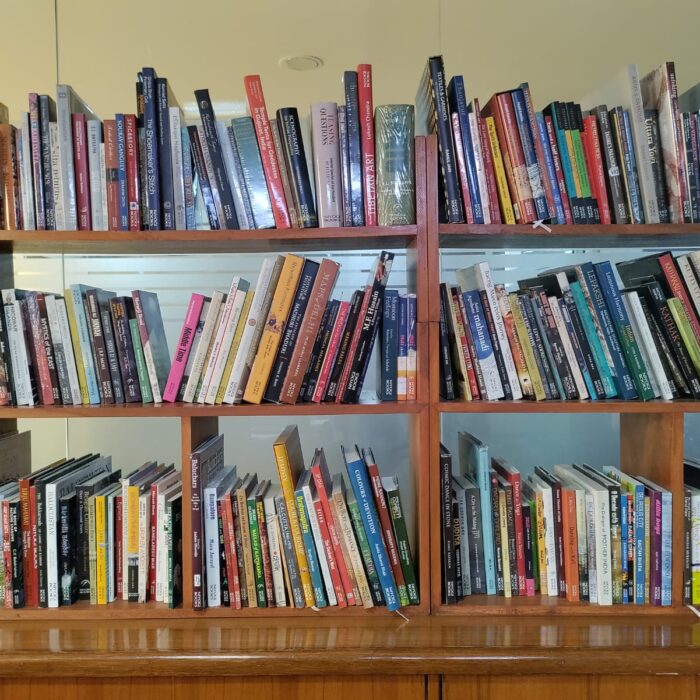Sign up and get notified with new article for free!

Book
The Afterlife of Silence
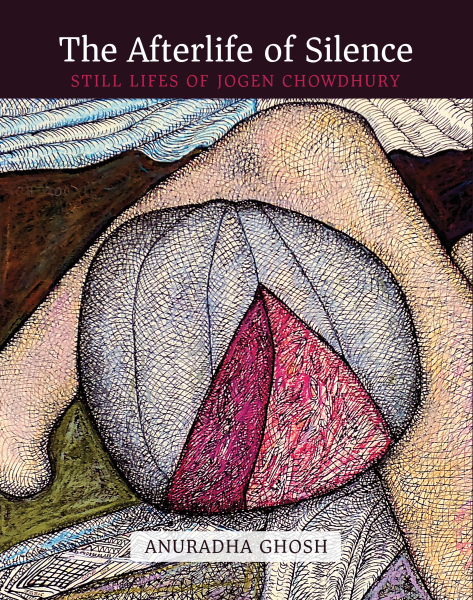
The Afterlife of Silence : Still Lifes of Jogen Chowdhury
The Afterlife of Silence is the first-ever comprehensive book on the still lifes of one of India’s leading modern painters. The book takes a close look at the essentials of the European tradition of still life painting and argues that Jogen Chowdhury’s works, while sharing certain common concerns of the tradition also differ significantly from it, and are firmly rooted in his indigenous situatedness. It explores how, in his still lifes, unregarded, everyday objects are irradiated with new life and unique relational possibilities. It also examines how his still lifes oscillate between life and death, between stillness and animation, a movement that conceptually underpins the cycle of nature and lived life, and how moments of silence and stillness acquire afterlives—with trails of significations that often go beyond the context of particular artworks.
The book analyses the development of Chowdhury’s still lifes chronologically; a section deals with the distinctive ways in which his still lifes negotiate with desire—and its obverse, dread—and manage to create autonomous symbolic systems, addressing the nostalgia of inaccessibility. A separate chapter examines how his familiar organic lines, used to define human forms, are used in still life forms as well, and in this context, several of his major works are examined closely.
This book features about 80 impactful images of Chowdhury’s paintings and an in-depth interview of the artist by the author that reveals how the painter’s art is permeated by his universe of ideas and ideals.
|

